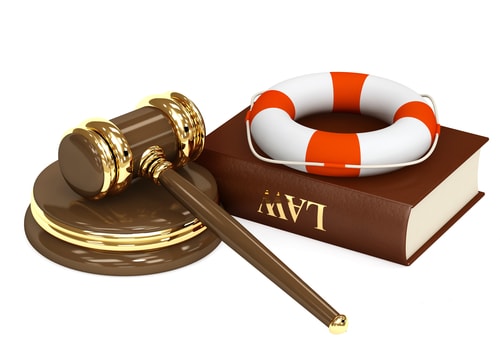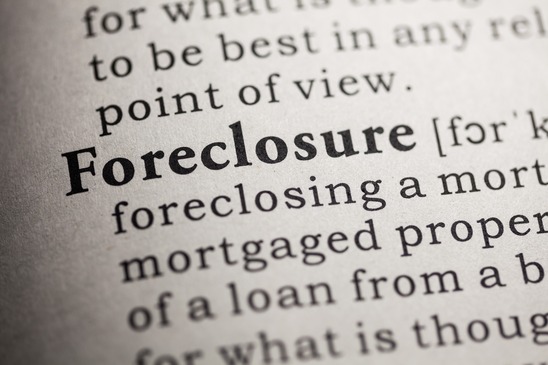The temptation to overspend during the holidays can be strong. Promotional credit card offers with 0% APR financing and other holiday sales and promotions can make that temptation even stronger. Holiday spending is increasingly taking place using credit, debit and prepaid cards. According to The Nilson Report, over the last year, consumers have increased their use of cards when making purchases, replacing the use of cash. There were almost 7 billion cards in circulation at the end of last year in the United States, and that number is increasing. The Nilson Report’s assessment shows that spending on credit cards has actually gone down slightly, while the use of debit and prepaid cards has gone up. If consumers make more purchases with debit and prepaid cards, then they are spending their own money and the use of cards is only a matter of convenience. However, if consumers are making purchases on credit cards and allowing their balances to accumulate, then they are potentially increasing the amount of their high interest debt. Last year, Experian reported that the average consumer had a credit card balance of $4,293. What are some good strategies to deal with this debt, especially after the holiday season when consumers finally receive their bills will all their holiday spending added to their balances?
Before you do anything else, it is important to examine your entire financial situation, by preparing a monthly budget. Make a list of all of your debts, the interest rates on your cards, the corresponding payment due dates. Next, make a list of your monthly living expenses (rent/mortgage, car payment, utilities, food, insurance, etc.) and subtract your monthly income. This will give you an idea of how easy it will be to pay down your outstanding debt. You can then create a time-frame in which you would like to pay down your debt. Consider paying down the credit cards with the highest interest rates first. If you can, always pay more than the minimum payment due, and always pay your bills on time.
One way to pay off your high interest credit card debt is to use a new credit card with an introductory 0 % APR rate on balance transfers. When considering the consolidation of your credit card debit onto a card with a 0 % APR rate on balance transfers look for a new credit card that has the longest introductory period for the transfer. These cards will save you money on interest while you are paying back your debt. Please note, credit card companies typically charge a percentage of the transfer amount as a fee. Furthermore, be mindful of whether the card 0% APR offer applies to new purchases. Generally, one should avoid using a new card with a balance transfer for new purchases. The cards with longer balances transfer 0% APR introductory periods typically have a higher rate for new purchases. Plus, cards with longer 0% APR offers may lack other perks, like cash back or points. However, some consumers think ahead when they make their holiday purchases. If you put your holiday purchases on a card with an introductory 0% APR for new purchases, you obviously do not need to transfer this balance. You would simply use the introductory period to pay down the debt. Furthermore, a low interest personal loan may be an alternative to a balance transfer. They can significantly reduce the expense of paying down debt. To compare different credit deals, we recommend using a website such as Nerdwallet.com (see link below) to find the card which best suits your present credit needs.
Additionally, while it may sound obvious, an important step in managing debt is to do your best to curtail unnecessary spending. Think of it as a financial diet and try not to spend money on non-essential items until you catch up on the debt incurred during the holiday season. In fact, some simple lifestyle changes can help you save thousands of dollars over the course of year. For example, try making coffee at home or bringing a lunch to work. Review your monthly reoccurring expenditures to see if there is anything that can be cut back. If you have cable TV, determine whether you are really watching all the channels that you are paying for and determine if you should modify your cable plan or perhaps you could switch to a use of streaming services. The money that is saved by cutting back on such items like these can go toward paying down your debt or saving for next year.
Tax refunds and holiday bonuses are lump sums of money that can be used to pay down debt. Make sure that you are taking full advantage of this extra income by putting it toward debt or consider putting some of it aside to save for next year’s holiday expenses. It is important not to look at these lump sums as free money to spend, instead use them to pay down debt and boost your credit score.
Additionally, it is now time to start saving for next year, by setting up a holiday shopping fund early in the year and set aside money every month into it. If you put aside just $50 a month, by the time you get to November you’ll have an extra $500 for holiday spending. The more you can pay in cash or debit, the less you will have to worry about paying back debt this time next year.
Of course, if you are truly overwhelmed by debt, and not sure what to do, you should speak with an experienced bankruptcy attorney. If you have any questions, feel free to contact the Law Offices of David I. Pankin, P.C. at 888-529-9600 or by replying to this email. David I. Pankin, P.C. is a Brooklyn bankruptcy lawyer with 3 convenient offices throughout New York and Long Island.
More information:






